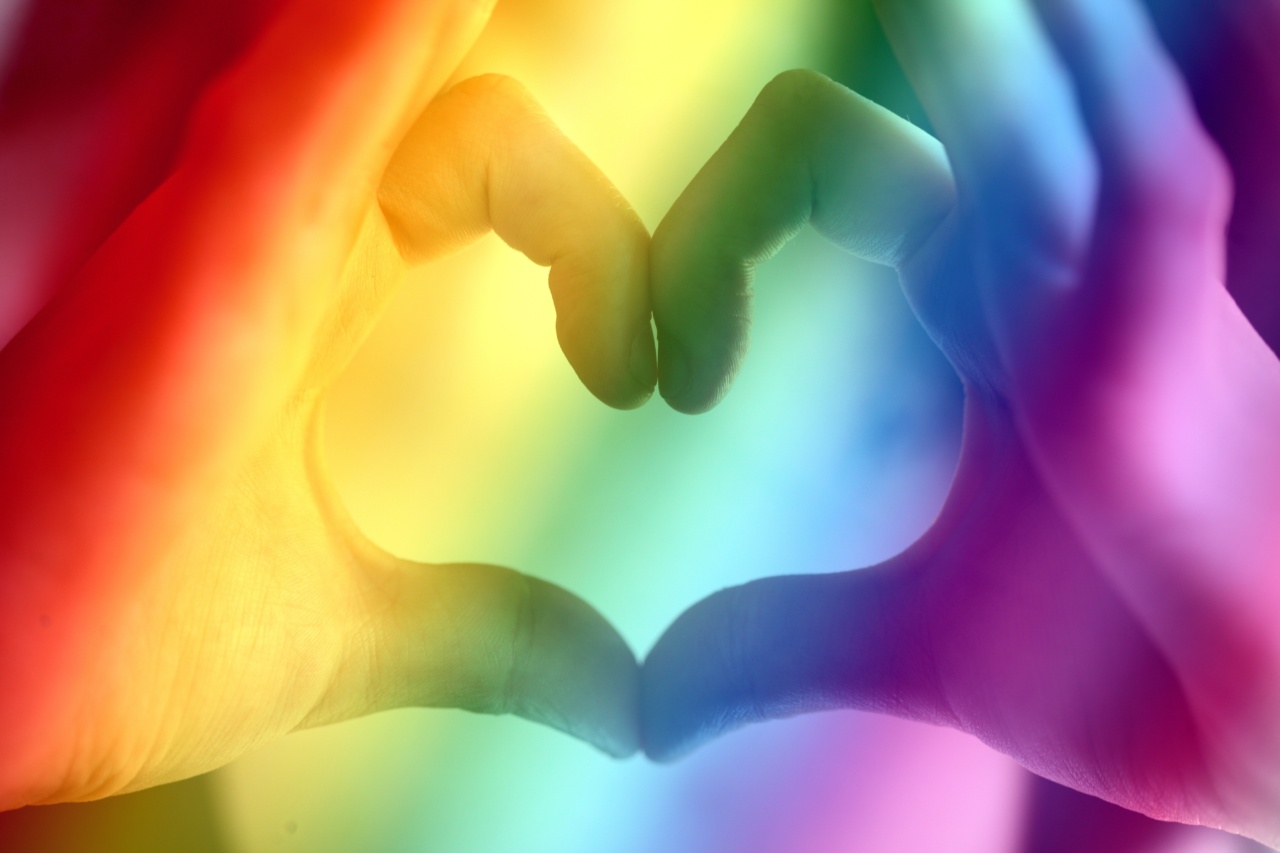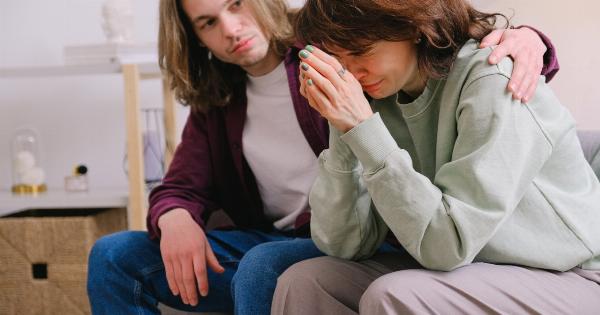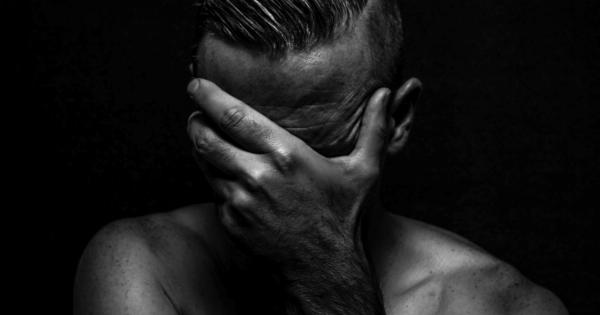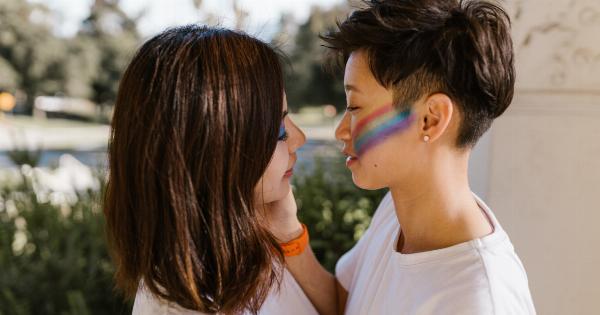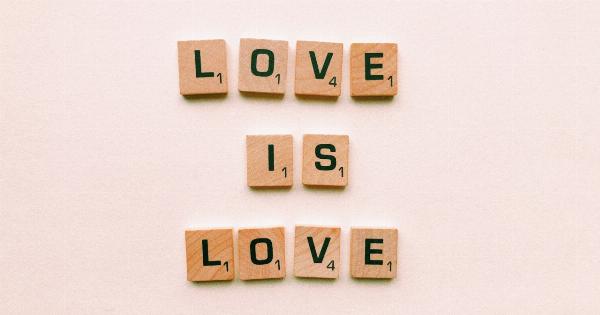Throughout history, it has been observed that women tend to cry more frequently than men. This common stereotype has been perpetuated through various mediums, from literature and movies to everyday conversations.
However, it is essential to understand that crying is a natural emotional response and should not be used to judge one’s emotional strength or weakness. In this article, we aim to delve deeper into the reasons behind why women cry more than men, taking into account biological, societal, and emotional factors.
The Biological Perspective
From a biological standpoint, there are certain physiological factors that contribute to women’s heightened emotional response, including crying. One of the primary reasons behind this difference is hormonal variation.
Estrogen, a hormone predominantly found in higher levels in women, can increase emotional sensitivity, making them more prone to tears. Additionally, the hormone prolactin, which plays a vital role in lactation, is found in higher concentrations in women. Prolactin has a direct impact on emotional expression and can lead to increased tearfulness in women.
Societal Expectations and Gender Roles
Society plays a significant role in shaping how individuals express their emotions, and different expectations are imposed on men and women. From a young age, boys are often encouraged to be strong, independent, and less emotionally expressive.
Crying is frequently associated with femininity, and boys who cry may be ridiculed or discouraged from showing vulnerability. Consequently, this societal conditioning can suppress men’s emotional expression and lead to a lower likelihood of tears.
On the other hand, women are often encouraged to be nurturing, empathetic, and sensitive to others’ emotions. Crying is more readily accepted and viewed as an appropriate way for women to express their feelings.
This can create a safe space for women to cry openly and seek comfort and support from others when needed. However, it is essential to note that societal expectations can also lead to negative consequences, such as the perception that women are overly emotional or incapable of handling stress.
Emotional Factors
The emotional factors underlying why women cry more than men are complex and diverse. Women tend to have a higher emotional intelligence, which refers to the ability to identify and understand emotions in oneself and others.
This heightened emotional awareness can make women more susceptible to tears as they are more in tune with their emotions. Additionally, women often engage in more emotional processing and rumination, which can trigger tears as a release or coping mechanism.
Moreover, women typically experience a wider range of emotions due to various life events such as menstruation, pregnancy, childbirth, and menopause. These hormonal fluctuations impact a woman’s emotional state, making them more likely to cry.
Additionally, women may face unique stressors, such as societal pressure to balance family and career responsibilities, which can contribute to increased emotional expression.
Cultural and Regional Influences
Cultural and regional differences also play a significant role in understanding why women tend to cry more than men. In some cultures, emotional expression is encouraged and viewed as a normal part of daily life.
Such societies often have fewer stigmas surrounding tears, allowing women to cry more freely. Conversely, in cultures that prioritize stoicism and emotional restraint, both men and women may be less inclined to cry.
Moreover, regional factors like climate and economic conditions can impact emotional well-being.
For instance, individuals residing in regions with harsher climates or increased economic instability may face higher stress levels, leading to more frequent tears as a means of emotional release and coping with challenging situations.
Psychological Perspectives
The interactions between biological, societal, and emotional factors are complex and multidimensional. Psychologists have studied the motivations behind crying behavior extensively.
Tears have been found to have emotional, physiological, and social functions. Emotional tears can serve as a cathartic release, allowing individuals to process and recover from intense emotions. Tears also communicate distress or vulnerability to others, prompting empathetic responses and social support.
Furthermore, crying can act as a social cue, signaling a need for comfort and support. In relationships and social interactions, tears often elicit caregiving behaviors from others, fostering interpersonal connections and strengthening bonds.
Women, who are typically more relational and focused on building connections, may cry more as a way to facilitate emotional closeness and receive the support they require.
The Importance of Understanding and Supporting Emotional Expression
It is crucial to recognize and respect the gender differences associated with crying. Men and women have varied emotional experiences, and judging one gender’s crying frequency as superior or inferior is not only unfair but also damaging.
For women, crying serves as an important emotional outlet, enabling them to process and cope with their emotions effectively. On the other hand, men may rely on alternative methods, such as physical activities or private reflection, to manage emotional experiences.
Creating an environment that is understanding and supportive of emotional expression for both genders is essential. Individuals should be encouraged to express their emotions authentically, without fear of judgment or societal repercussions.
By removing the stigma surrounding tears, we can foster healthier emotional well-being in both men and women.
In conclusion, the reasons behind why women cry more than men are multifaceted, encompassing biological, societal, emotional, cultural, and regional factors.
Women’s biological makeup, hormonal variations, societal expectations, emotional intelligence, and cultural influences all contribute to their higher likelihood of crying. It is vital to approach this topic with empathy, understanding, and a commitment to create a society that supports and values emotional expression regardless of gender.
